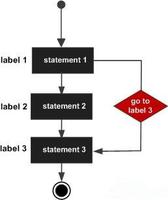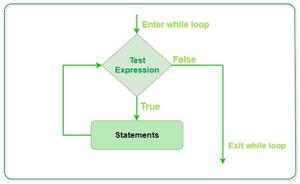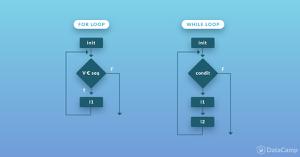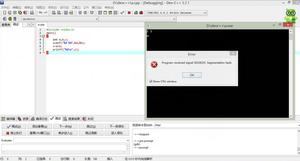为什么我的python程序最后两次打印语句?
所以我完成了程序,据我所知,但我有一个格式问题的def main()函数的最后一个打印语句打印两次,我不明白为什么 - 非常恼人。无论如何,我敢肯定,这是一些简单的我失踪,这里是我的代码:为什么我的python程序最后两次打印语句?
import math #----------------------------------------------------
# distance(draw,angle)
#
# This function computes the distance of the shot
#----------------------------------------------------
def distance(draw,angle):
velocity = draw*10
x = (angle)
sin_deg = math.sin(math.radians(2*x))
g = 32.2
dist = (((velocity**2) * sin_deg)/g)
return dist
#----------------------------------------------------
# Main Program #
#----------------------------------------------------
dist_to_pig = int(input("Distance to pig (feet) -------- "))
def main():
angle_of_elev = float(input("Angle of elevation (degrees) -- "))
draw_length = float(input("Draw length (inches) ---------- "))
print()
distance_calc = round(distance(draw_length,angle_of_elev))
short_result = int(round(dist_to_pig - distance_calc))
long_result = int(round(distance_calc - dist_to_pig))
if distance_calc < (dist_to_pig - 2):
print("Result of shot ---------------- ", (short_result - 2), "feet too short")
print()
main()
if distance_calc > (dist_to_pig + 2):
print("Result of shot ---------------- ", (long_result - 2), "feet too long")
print()
main()
else:
print("OINK!")
#----------------------------------------------------
# Execution #
#----------------------------------------------------
main()
如果你看到我的代码中的任何其他问题,请随时指出这一点。谢谢!
回答:
JediObiJohn,OINK是印刷,因为递归多次。更改第二个如果为elif它应该解决您的问题。
回答:
def main(i): if i < 2:
print(i)
if i > 2:
print(i)
else:
print("Hello")
基于这个简单的程序,如果你尝试一些情况:
>>> main(1) >>> 1
Hello
>>> main(3)
3
>>> main(2)
Hello
你看到的区别?当第一个IF为TRUE时,则第二个将为FALSE,因此ELSE部分将被执行。
回答:
我想你想的实际是:
if distance_calc < (dist_to_pig - 2): main()
elif distance_calc > (dist_to_pig - 2):
main()
else:
print("OK")
是吗? 如果您使用2'if',则发生distance_calc < (dist_to_pig -2)时,执行2行代码。 main()和print(...)。这就是为什么你可以看到印好'OK'的多少次。
回答:
你两次调用main()函数,一旦开始执行,一旦你的函数里面
以上是 为什么我的python程序最后两次打印语句? 的全部内容, 来源链接: utcz.com/qa/259819.html







